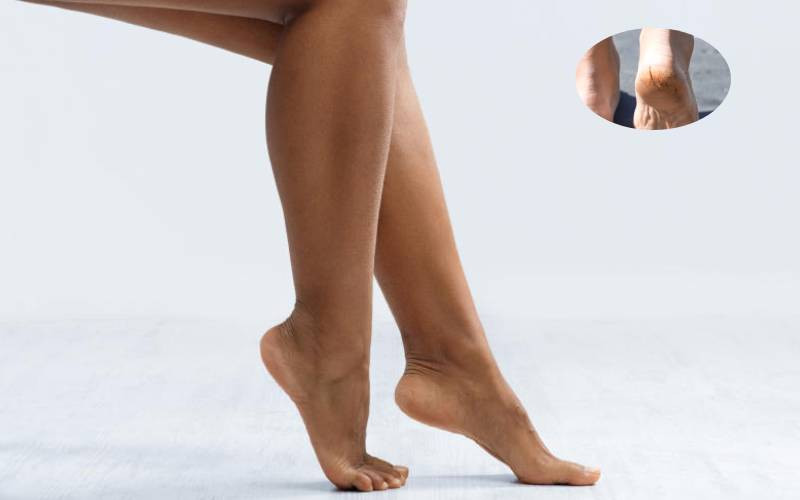
Stretch marks are a form of scarring that appear as streaks on the skin. While they usually fade over time, for many people, they never disappear completely. 75-90 per cent of women develop stretch marks in the course of their lives. This could be during pregnancy, or rapid changes in weight. Prevention is better than cure so start fighting stretch marks immediately you notice the first one.
There are two major ways you can attack stretch marks. One is internal and one is external.
Internal
To keep skin supple internally, be sure to drink plenty of water and fluids. Especially if you are pregnant. A minimum of ten glasses of water is recommended during pregnancy. Even if you are not expecting, increasing your intake of water will help keep stretch marks at bay.
Eat a diet rich in vitamins A, C, and E, which help to heal the skin and maintain elasticity. These include plenty of vegetables and fruits. Ensure that your skin is getting proper nutrition so that it can repair and stay healthy.
External
To defend yourself externally against stretch-marks, be sure to keep your skin well hydrated by moisturizing with a good quality oil, butter or cream. Apply at least two times a day for best results. Don’t allow your skin to get itchy and dry. Massage the cream into your skin, as this will help to improve circulation.
Fitness experts also contend that stretch-marks are caused when your weight fluctuates too rapidly, either increasing or decreasing in size. To prevent cellulite and stretch-marks it is recommended to do core strength exercises. These strengthen your muscles and reduce fat thus increasing the elasticity and tone of your skin.
If you are pregnant, try to gain weight gradually by not literally eating for two.
Once you have stretch marks, you can try a variety of approaches to manage and reduce stretch marks.
1. Start early - begin treatment as soon as you notice the first stretch mark. Moisturize, moisturize, moisturize.
2. Glycolic acid - this is the fruit acid used in chemical peels therefore it is quite effective. Glycolic acid can increase the production of collagen thereby making your skin more elastic. It can be applied by your dermatologist or bought over the counter. It is safe to use during pregnancy, however, ensure that you protect your skin from the sun.
3. Vitamin C - take a supplement of at least 500mg daily to help reduce the appearance of stretch marks. This has personally worked for me.
4. Exfoliate - use a body scrub on the affected areas at least twice a week. This removes dead skin cells and allows your moisturizer to penetrate into the skin.
5. Laser therapy - this treatment uses intense wavelengths of light to stimulate the growth of collagen and elastin in the skin. This treatment is expensive and works best on new stretch marks, and on women with lighter skin.
Remember, you do not need to use skin creams that are specially formulated for stretch marks. Any rich cream, oil or lotion will be helpful in keeping stretch marks at bay. However, a collagen based cream will work best.
Always test a new cream or treatment for sensitivity or allergies, and if you’re pregnant or nursing, consult your doctor before trying something new. The success of treatments will also depend on your age, skin tone, and diet.
Most treatments are partially effective so keep your expectations realistic. Work at being healthy internally and externally. A healthy woman is a beautiful woman.
 The Standard Group Plc is a multi-media organization with investments in media
platforms spanning newspaper print
operations, television, radio broadcasting, digital and online services. The
Standard Group is recognized as a
leading multi-media house in Kenya with a key influence in matters of national
and international interest.
The Standard Group Plc is a multi-media organization with investments in media
platforms spanning newspaper print
operations, television, radio broadcasting, digital and online services. The
Standard Group is recognized as a
leading multi-media house in Kenya with a key influence in matters of national
and international interest.


